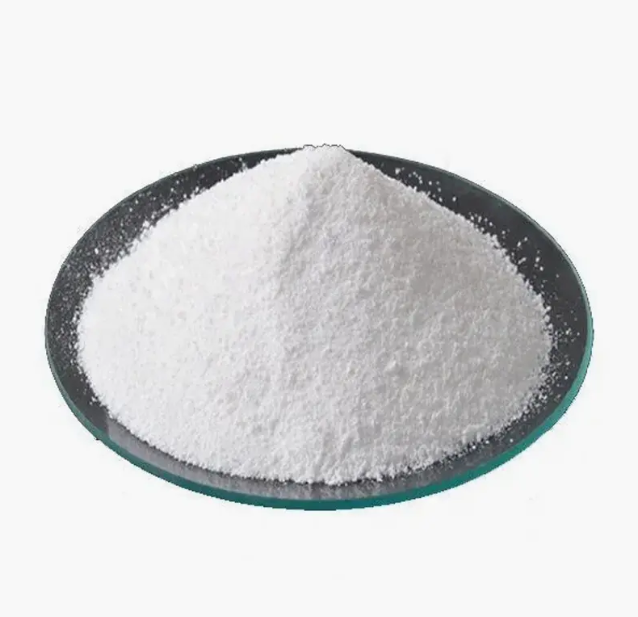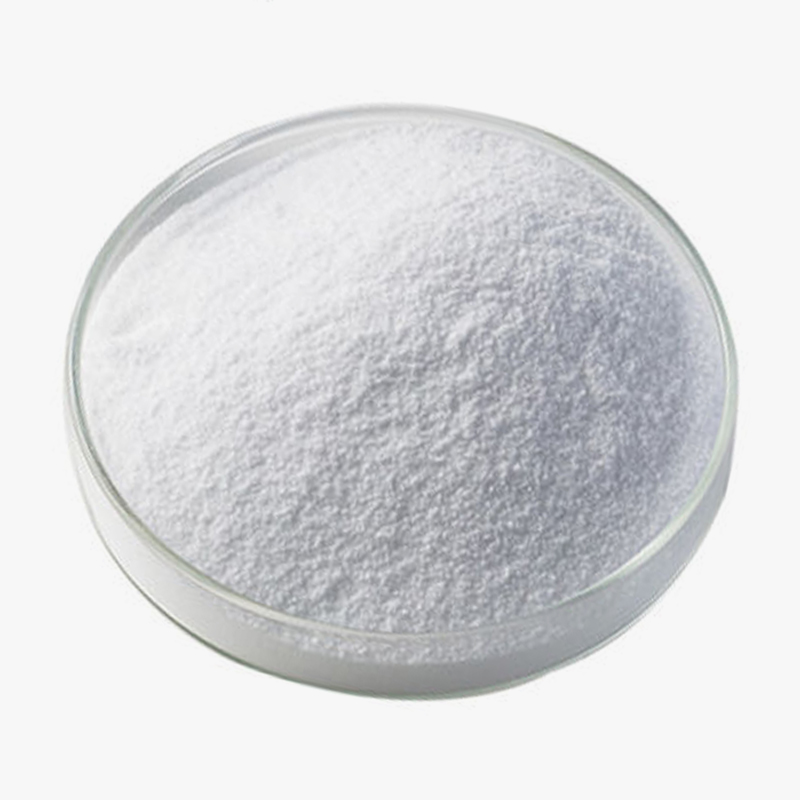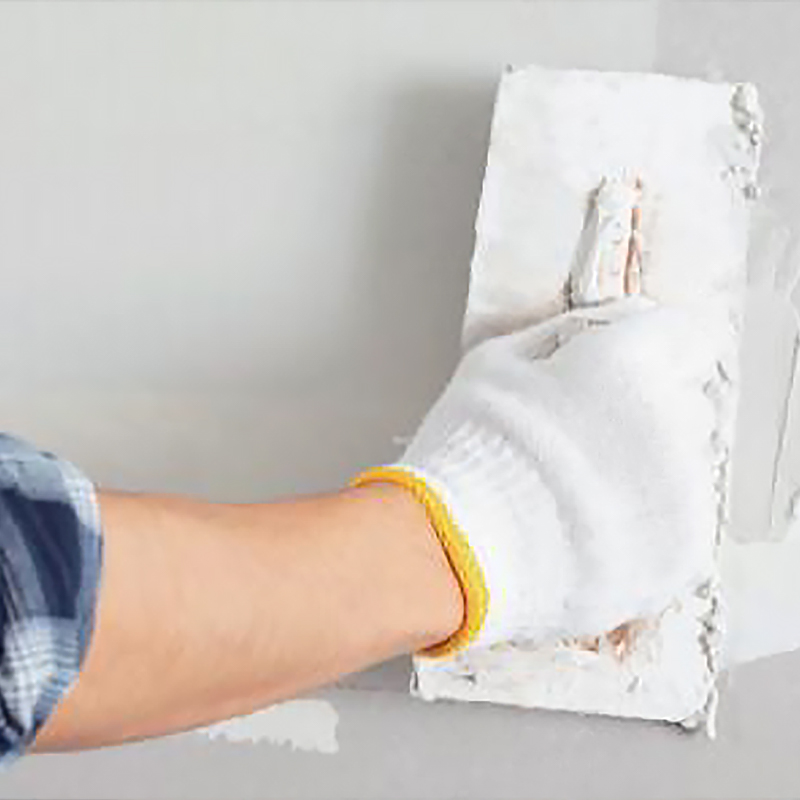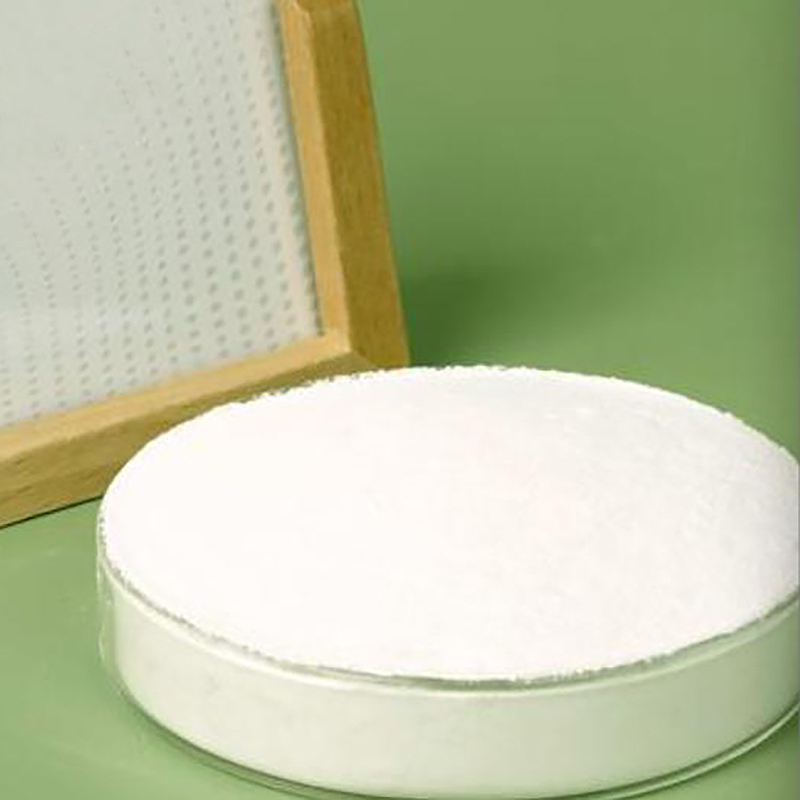In the construction industry, many high-performance additives are inconspicuous, but they play a key role in material performance. Hydroxypropyl methylcellulose (HPMC) is such an inconspicuous but very important building material, which is widely used in mortar, tile adhesive, putty and other building materials, significantly improving construction performance and final quality.
Content
1. What is HPMC?
Hydroxypropyl methylcellulose (abbreviated as HPMC) is a non-ionic cellulose ether made from natural cellulose by chemical modification. It has the characteristics of water solubility, thickening, water retention, and adhesion, and is an indispensable functional additive in construction chemicals.
2. The core role of HPMC in construction
Excellent water retention performance
HPMC can effectively delay the evaporation of water in cement mortar, ensure that the cement is fully hydrated, and avoid cracking and hollowing.
It is particularly suitable for construction in high temperature and dry environments, such as exterior wall insulation mortar.
Improve construction and workability
As a thickener, HPMC gives mortar better lubricity and plasticity, making scraping and spraying smoother.
Reduce the "slurry drop" phenomenon and improve construction efficiency.
Enhance bonding strength
In tile adhesive and putty, HPMC improves the adhesion of the material to the base surface by forming a uniform adhesive film.
Reduce the hollowing rate of tiles and extend the life of the finishing layer.
Anti-sagging and anti-flow
When constructing on vertical surfaces (such as wall putty), the thixotropy of HPMC can prevent the material from sagging and ensure uniform thickness.
Delayed setting and extended open time
Adjusting the amount of HPMC added can control the setting time of the mortar, which is suitable for large-scale construction or complex working conditions.

3. Application cases of HPMC in different building materials
- Tile adhesive and caulking agent
Improve bonding strength and reduce tile shedding;
Enhance impermeability and avoid caulking agent mold.
- Dry-mixed mortar (plastering, thermal insulation mortar)
Retains water and prevents cracks, suitable for thin-layer construction;
Improve freeze-thaw resistance, used for northern exterior walls.
- Putty and gypsum-based products
Make putty more delicate and free of sand marks after polishing;
Reduce the brittleness of gypsum and improve flexibility.
- Self-leveling cement
Regulates fluidity to ensure ground leveling accuracy.
4. How to choose the right HPMC?
Selection based on viscosity
The viscosity of HPMC directly affects the fluidity and construction feel of building materials, and needs to be selected based on specific applications:
|
Viscosity range |
Applicable scenarios |
Features |
|
20,000~40,000 mPa·s |
Self-leveling cement, thin-layer mortar |
Good fluidity, easy to spread, suitable for precision leveling |
|
50,000~80,000 mPa·s |
Ordinary tile adhesive, putty |
Balance water retention and construction performance, strong versatility |
|
100,000~150,000 mPa·s |
Thick-layer plastering mortar, thermal insulation mortar |
High water retention, anti-sagging, suitable for thick coating construction |
|
200,000 mPa·s or more |
High-bonding tile adhesive, waterproof mortar |
Super high bonding strength, suitable for heavy tiles or complex base surfaces |
Selection suggestions:
Low viscosity (20,000~40,000) is suitable for materials that require high fluidity, such as self-leveling.
Medium-high viscosity (50,000~150,000) is suitable for most mortars and putties.
Ultra-high viscosity (200,000+) is used for high-strength bonding or anti-slip requirements.
Selection based on gel temperature
HPMC will gel (lose its thickening effect) when heated to a certain temperature in water. Different models have different gel temperatures:
|
Gel temperature |
Applicable environment |
Features |
|
55~60℃ |
Normal temperature area (such as most parts of China) |
Economical and practical, meeting ordinary construction needs |
|
65~70℃ |
High temperature and dry area (such as Northwest, Middle East) |
High temperature resistant, not easy to demulsify during summer construction |
|
Above 75℃ |
Extremely high temperature or strong sunlight environment |
Super heat resistance, suitable for exterior wall insulation mortar, etc. |
Selection suggestions:
For ordinary areas, 55~60℃ is sufficient.
For high temperature areas (such as Xinjiang and the Middle East), 65~70℃ or higher is recommended.
Selection based on ash content and purity
The ash content (inorganic salt residue) and purity of HPMC affect product stability:
|
Ash content |
Applicable requirements |
Features |
|
≤5% |
High-standard building materials (such as high-end tile adhesive) |
Fast dissolution, good stability, not easy to agglomerate |
|
5%~10% |
Ordinary mortar, putty |
High cost performance, suitable for general projects |
|
>10% |
Low-end building materials (use with caution) |
v |
Selection suggestions:
For important projects (such as exterior walls and high-end tile adhesives), it is recommended to select high-purity HPMC with an ash content of ≤5%.
Ordinary interior wall putty or low-cost mortar can use products with an ash content of 5% to 10%.

 简体中文
简体中文 English
English русский
русский عربى
عربى Español
Español










